All Posts
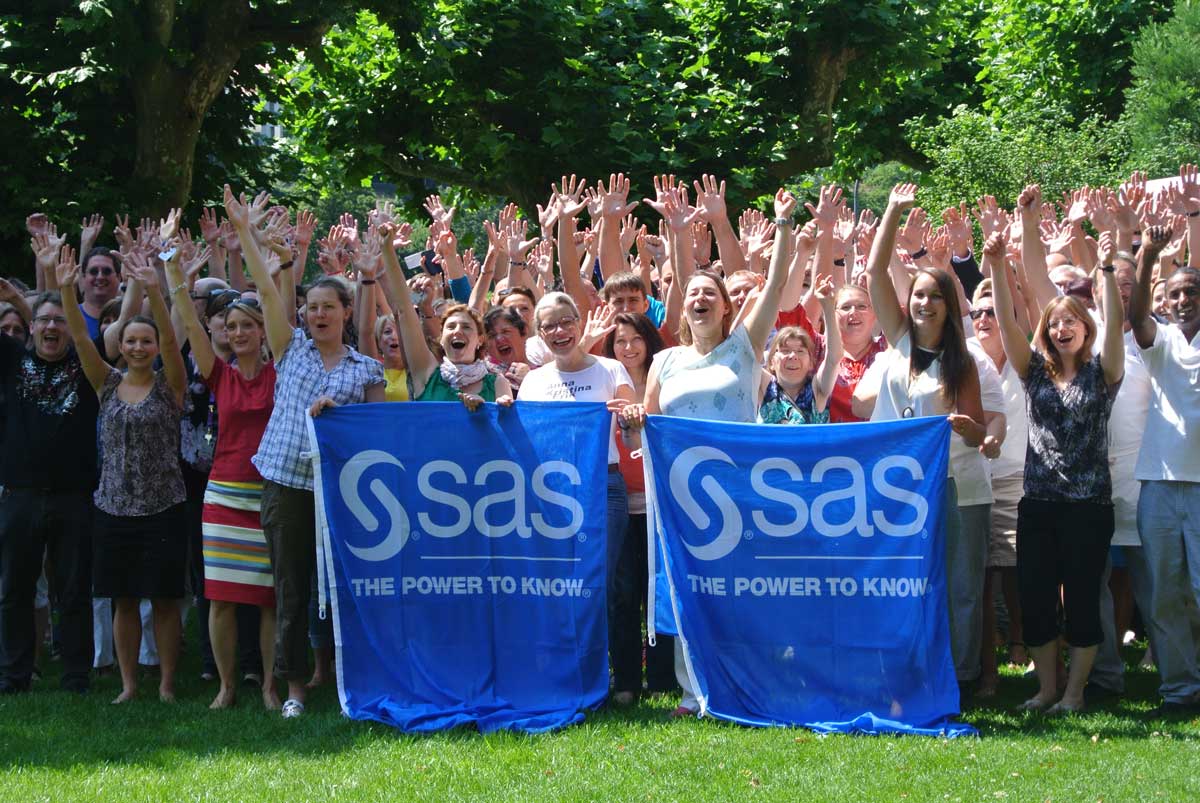
If you are a citizen of a western industrialized country and were born in the 1970s, you probably grew up in a multicultural society. Personally, I come from such a society and I was always extremely excited about meeting people with different cultural backgrounds. My classmates and friends came from
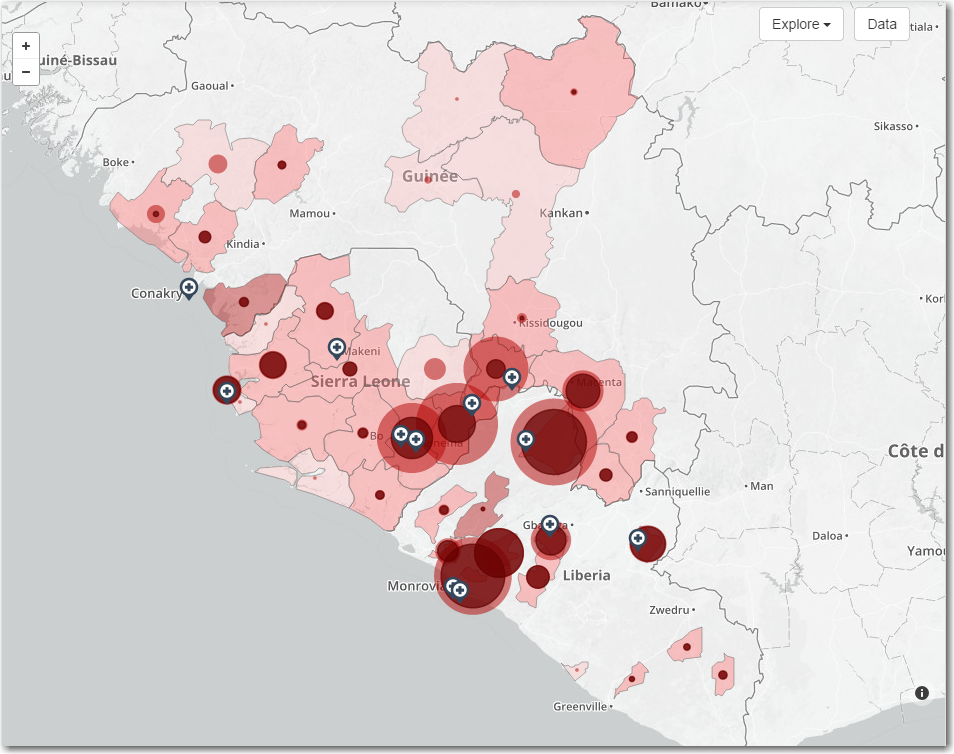
In a previous blog post, I showed how to layer colored areas on a SAS map to show both countries, and the areas within countries that had cases of Ebola. But as the Ebola epidemic has spread, more data has become available, and in this blog I show how to
Last week, I was fortunate enough to attend the Insurance Networking News Analytics Symposium. This great event had several engaging speakers. As analytics becomes more prevalent within insurance, it was refreshing to see that many organizations discuss their successes and share best practices in this essential aspect of the business.

Did you know: For 13 percent of car buyers a new vehicle without internet access is a no-go? Obviously, no-go means no-buy. Thirteen percent! If I have ever seen a market demand, it is this. For sure, the industry will respond to that. The management consulting company Bain even expects
Heat maps are a great way to visualize the bi-variate distribution of data. Traditionally, a heat may may have two numeric variables, placed along the X and Y dimension. Each variable range is sub divided into equal size bins to create a rectangular grid of bins. The number of observations
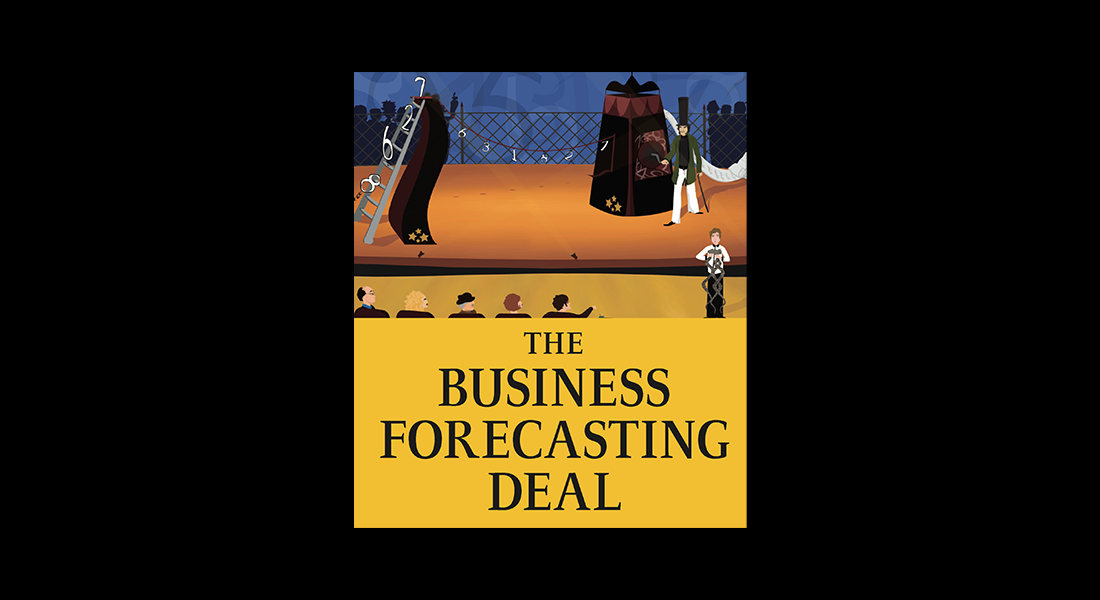
In 2015 Foresight: The International Journal of Applied Forecasting will celebrate 10 years of publication. From high in his aerie in the Colorado Rockies, here is Editor-in-Chief Len Tashman's preview of the current issue: In this 35th issue of Foresight, we revisit a topic that always generates lively and entertaining
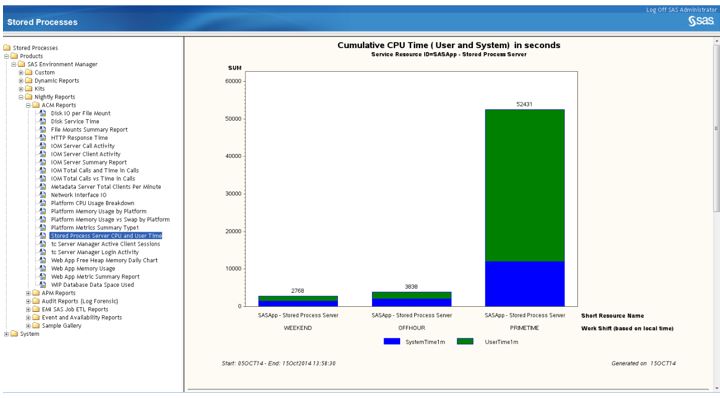
If you’ve used SAS Environment Manager, you know what kind of information it’s capable of providing – the metrics that show you how the resources in your SAS environment are performing. But what if it could do more? What if it could automatically collect and standardize metric data from SAS

We seem to hear about new diets almost on a weekly basis. Many of these diets will come and go, but here are some that have been around for a very long time. There are also heated debates around what diet is the best: Vegetarian, Vegan, Paleo, Low Carb, High

Companies like Amazon, Netflix, Zappos and Pandora have changed what consumers expect from a brand – they want brands to “know” what they want before they ask for it. To provide those kinds of personalized products and services, brands have to collect and analyze huge quantities of customer and industry

In a city built on hedging your bets, it is fitting that the Analytics 2014 conference kicked off Monday in Las Vegas with a look at all the unscientific ways people try to predict the future. John Elder, Founder and President of Elder Research, Inc., entertained the audience with examples of how

Europol, the law enforcement agency of the European Union, in its recently released 2014 Internet Organized Crime Threat Assessment (iOCTA), cited a report by U.S. security firm IID that predicts that the first “online murder” will occur by year end, based on the number of computer security system flaws discovered
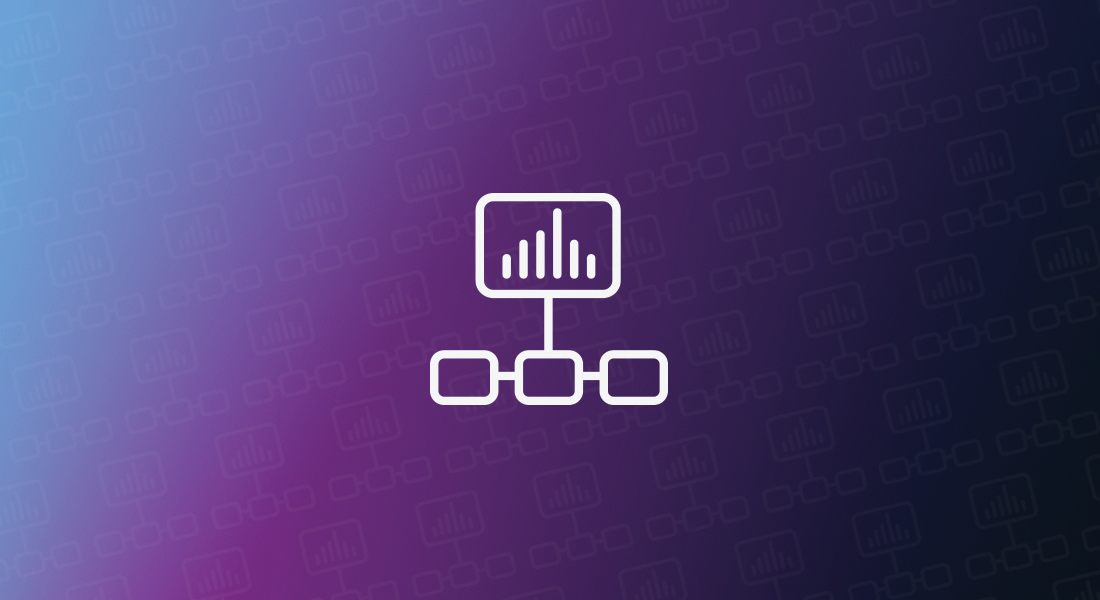
Welcome to the blog “Operations Research with SAS: Optimize, Simulate, Understand.” For those of you without an operations research background, a brief explanation: operations research (OR) is the study of the operations of systems, with a focus on making them function more efficiently and more effectively. The overall goal of

The Chicago weather cooperated for MWSUG 2014 with nice crisp fall temperatures, clear skies and beautiful sunrises over the lake. Aside from the weather, here are my five favorite memories of MWSUG 2014: 1. Location-location-location. The location and venue were fabulous! Not only were we along the Chicago River with a beautiful
Getting consistent group colors across different data sets for a graph is a common topic of interest. Recently a user wrote in to ask how to ensure that specific groups "values" for a bar chart get specific colors. The group values may arrive in different order, or some may

As this article on the mythical data scientist describes, many people call this special kind of analytical talent "unicorns," because the breed can be so hard to find. In order to close the analytical talent gap that McKinsey Global Institute and others have predicted, and many of you experience today, SAS launched













